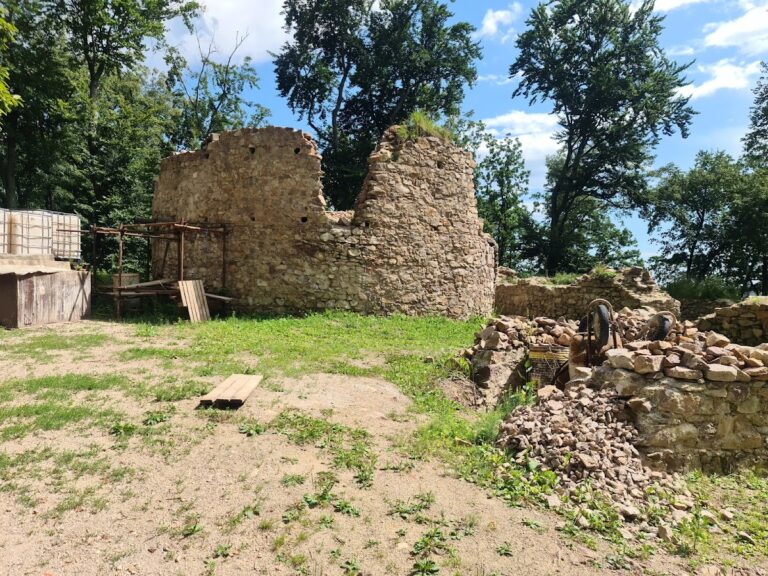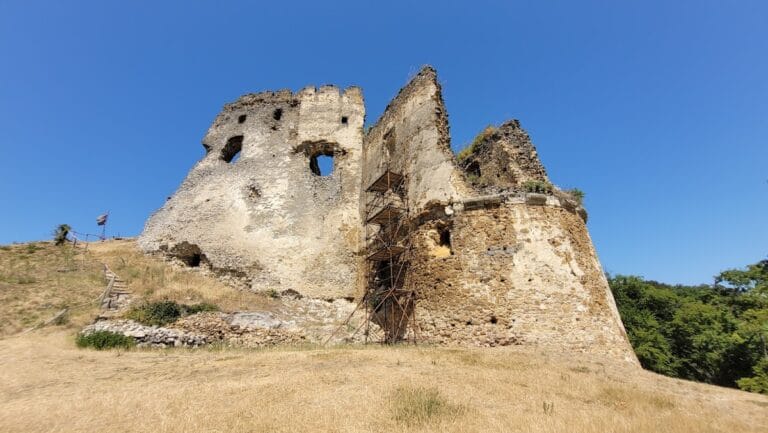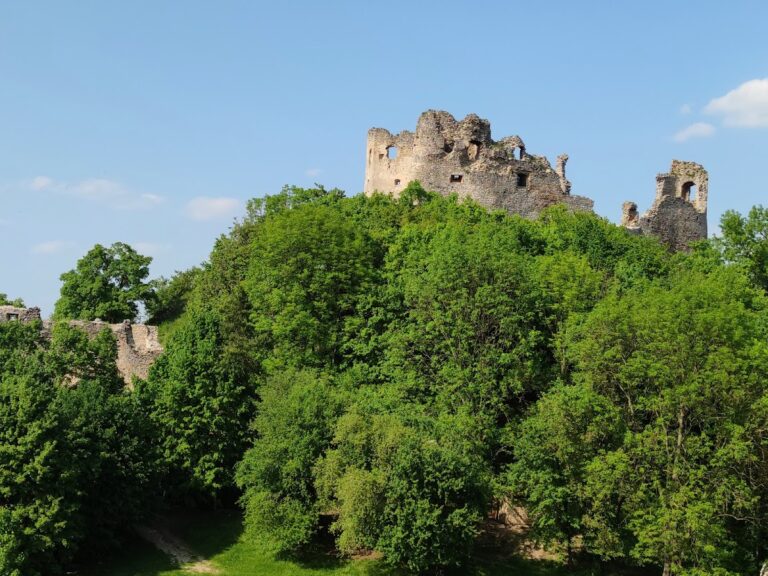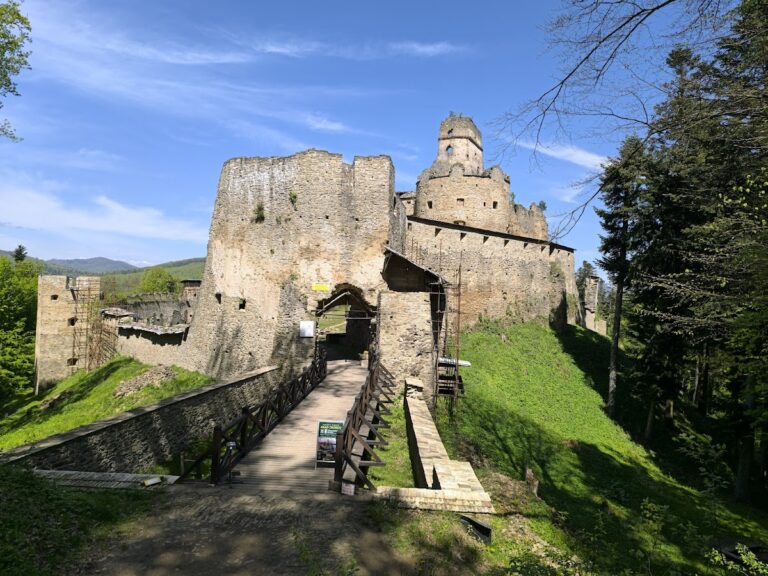Hrad Šebeš: A Medieval Castle in Slovakia
Visitor Information
Google Rating: 4.6
Popularity: Low
Google Maps: View on Google Maps
Official Website: www.hrad.wbl.sk
Country: Slovakia
Civilization: Medieval European
Remains: Military
History
Hrad Šebeš is located within the municipality of Podhradík in present-day Slovakia. The site was originally connected to early medieval Central European societies that established fortifications for control and defense. Its roots trace back to a wooden watchtower known as Havranov príbytok (also called Hulloudzalasa), which had been abandoned by the late 13th century. This early structure likely served as an outpost for a knightly order recognized by distinctive black habits, suggesting a military and possibly religious function in the region.
During the early 14th century, the hill on which the castle sits was called Mačka. Today it is known as Zámek, reflecting the presence of the stone fortress erected there. Between 1307 and 1315, a stone castle was believed to have been constructed by Synek, son of Tomáš, a knight who secured official ownership and surrounding estates through a royal grant by King Charles Robert in 1315. This royal confirmation established the castle as a hereditary stronghold of Synek’s family for nearly two centuries.
The castle remained with Synek’s descendants until 1491, when King Vladislaus transferred ownership to the city of Košice. This change in possession marked the beginning of increased tensions between the castle’s controlling authorities and the nearby town of Prešov. These disputes escalated over decades, culminating in a legal case in 1475 which failed to resolve the issues. The conflict reached a violent climax in 1550 when the inhabitants of Prešov stormed the castle. Despite efforts by the castle owner, František Sebesi, to negotiate peace, the mayor of Prešov launched an attack. Sebesi and the castle’s castellan, Geraki, were captured and executed at the gate, after which the assailants set fire to the castle.
Following this destruction, royal authorities punished those responsible in Prešov. However, the castle was never rebuilt and gradually fell into ruin. Its historical significance today is preserved through its designation as a nationally protected cultural monument and archaeological site within the cadastral area of Podhradík.
Remains
The castle at Hrad Šebeš was constructed predominantly of stone and occupies a steep rocky spur rising approximately 529 meters above sea level in the Slanské vrchy mountain range. The spur measures about 8 meters in width and stretches some 60 meters in length, making the fortress compact but defensible. The defensive design took advantage of the natural topography, with the gentler eastern slope secured by a neck ditch—a deep and wide trench carved directly into the rock, measuring between 8 and 10 meters across and 5 to 6 meters deep. This feature served as a formidable barrier against attackers on the more accessible side of the hill.
Encircling the plateau atop the spur was a perimeter defensive wall, providing an unbroken protective line around the castle’s edge. On the western side, near the approach path, stood a circular tower with a 5-meter diameter and walls 1.5 meters thick. This tower offered a vantage point for surveillance and defense, positioned deliberately to oversee incoming visitors or potential threats.
Within the eastern portion of the spur lay the residential palace, a rectangular structure approximately 9 by 6 meters in size. The western wall of this palace doubled as a defensive barrier situated above the castle’s main entrance, combining living space with fortification needs. Behind this palace, about 21 meters away, another neck ditch added a second layer of protection, further isolating the castle’s core.
In the northeastern segment of the site, an earthen rampart fortification has been identified. This raised embankment, made primarily of compacted soil, formed an additional outer defense that complemented the stone walls and ditches. Over time, the castle hill has become densely overgrown with forest vegetation, and the remaining ruins are intermixed with numerous natural rocks, which makes the stone remnants challenging to distinguish.
A stream named Šebastovka flows along the southeastern flank of the hill, contributing to the natural defensive advantages of the location. On the eastern side, a steep vertical rock face reveals evidence of historic quarrying activity, indicating that some stone was likely extracted here for construction or other uses. Beyond the described features, no further masonry ruins are visible upon the plateau today, and the site remains a subtle but important trace of medieval fortification in the region.







